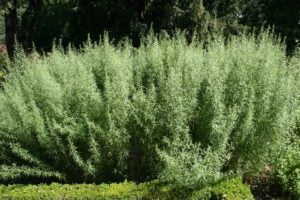To what height will it grow? Where will it crawl? Will the trunk be exposed? Will they close the fence? Will it cover the bench? This task with many unknowns accompanies us before, after, and during the laying of the garden. What can you do, because we build our “design” from living creatures!
In landscape design, size matters. Having planted large-sized plants, you can get a more or less adult garden at the moment. But-someone does not allow the budget, somewhere there is no appropriate planting material, and someone even wants to “grow a garden from a seed”. One way or another, we usually have to deal with young specimens that are far from perfect and from their final dimensions.
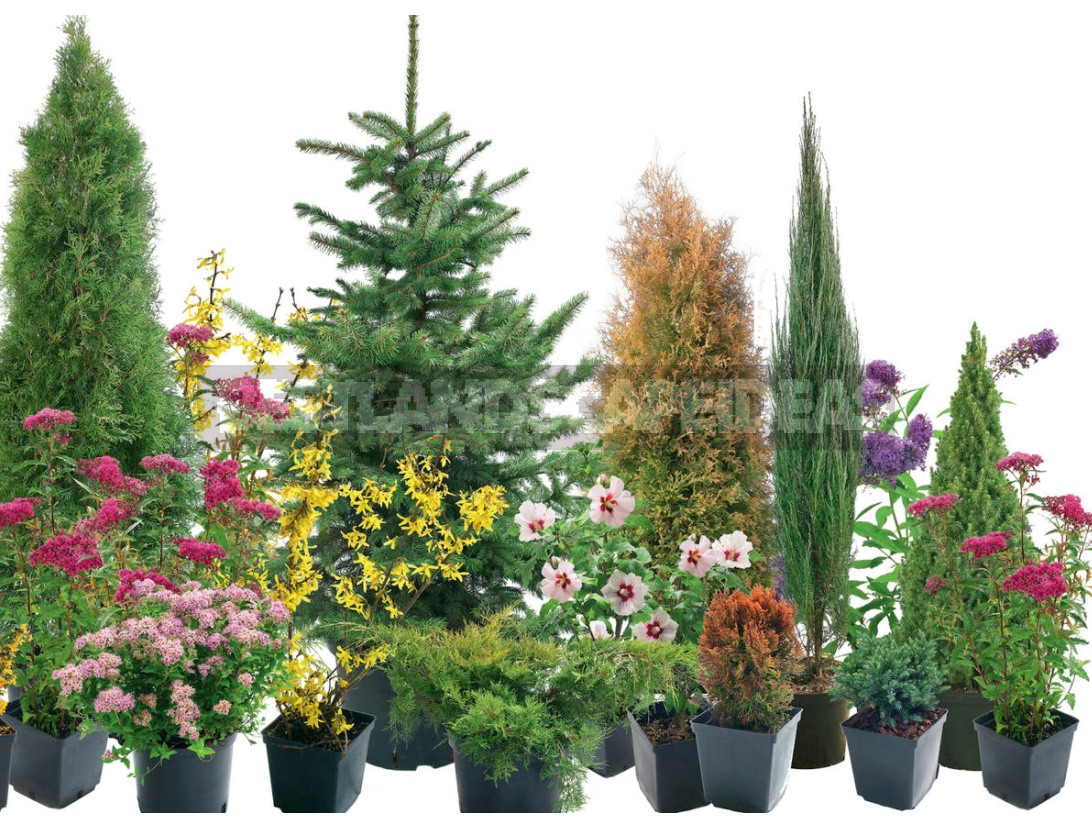
And then the strange and contradictory begins. We need to provide a decent view of the garden at any stage of its “maturation”. So that it is always full and beautiful. But how is this possible if a tree of a meter height increases in height and width by 20 times? A tiny juniper tree will be 3 meters in diameter in a few years? And Sedum, which fits in the palm of your hand, will completely fill the entire site. Plant close — what will happen in 3 years? Plant at the “right distance” — what will we be admiring for the next 7 years?
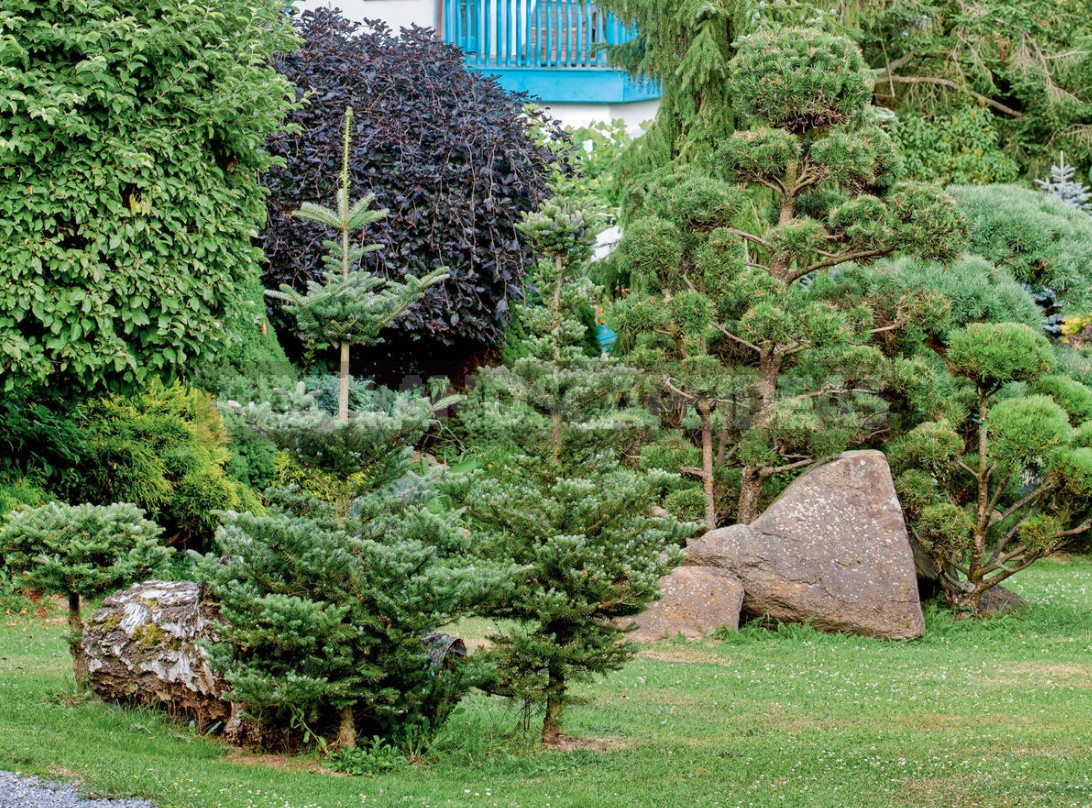
If you are patient, the latter option is definitely preferable. Joy is still over the edge — it is alive, it is growing, a new leaf has released, we have our own garden!!! After waiting a few years, we get a viable structure, not overloaded with unnecessary plants, where everything is in its place, everything is of normal size. But initially, indeed, there is no view. A void of a few meters between something flimsy and something low, even with the most developed imagination, will not create the feeling of a Garden. If we are talking about apple trees or other tapeworms on the lawn — this can be experienced. But with mixborders, where plants must interact with each other, it is already more difficult.
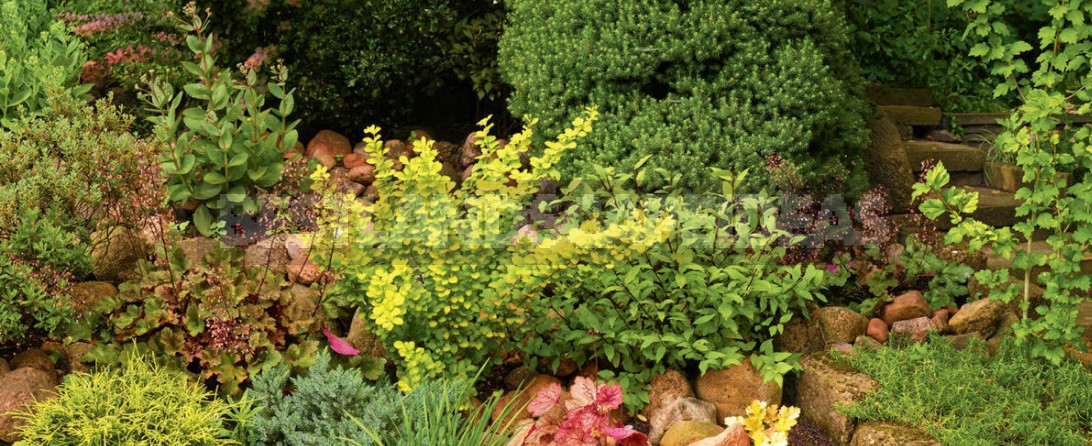
A distraction will help save the situation: in the intervals, we plant something pleasant — flowering annuals or any temporary perennials, which can then be easily transferred to other places. What other ones? This may be additional planting in the far corners of the site or the expansion of existing flower beds.
The requirements for temporary plants are to be cheap, grow quickly, and have a shallow, spongy root system for easy transplanting.
And small gaps between plants are easier to mulch with bark-and carefully, and there will be less weeds.
But in most cases, future gardeners are impatient people and want beauty right away. Sometimes it is not even that impatient, but simply without the skill of working for the future and treating plants like vases in a buffet. And in fact: we built a house, chose wallpaper, arranged furniture — live and rejoice. We laid paths, bought charming babies in the garden center, planted them fat and dense, rolled up the lawn-beauty! Unfortunately, it is temporary. The very next year, the plants begin to interfere with each other. They should be planted, and this should be done as soon as possible, without waiting for the roots to intertwine, and the aboveground part will bend in tightness or stretch out to the light.
What is the way out? There are two of them:
- First — you can make a normal project and transplant everything at the same time, but then we return to the first option.
- The second is to gradually, as necessary, while maintaining the density and decorative appearance of the plantings, drag what turns out to be dangerously close to each other.
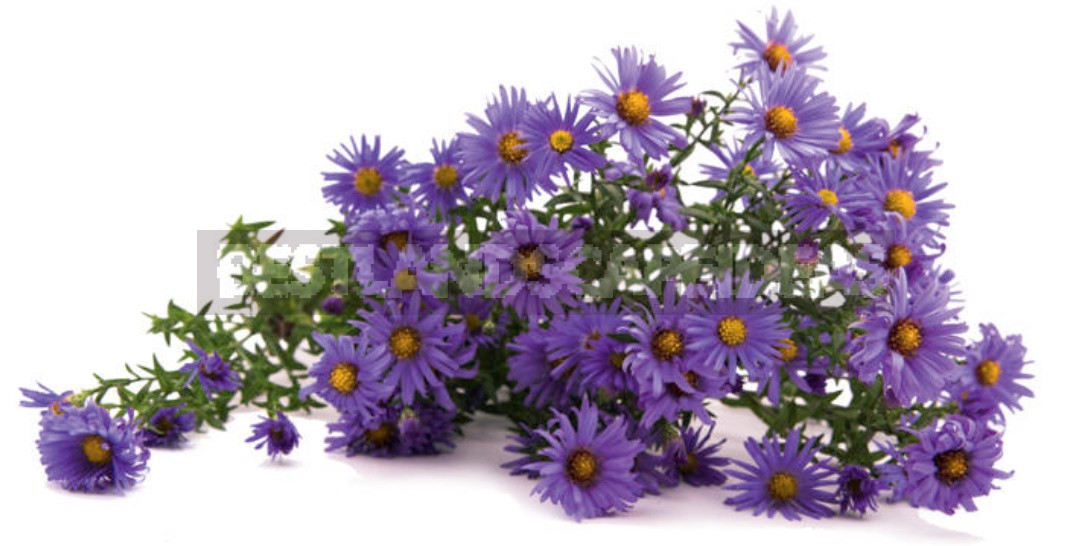
But, if transplants are still unavoidable, then what difference does it make how to plant them initially? The fact is that in the first case, all the key plants remain in their places planned by the project and grow prettier from year to year, gradually outlining the contours of the future garden. And in the second — not only do we endlessly slow them down, not allowing them to really grow, but in addition we are constantly forced to redraw our design, solving key issues of the structure of flower beds, coloristics, viewpoints, dominants, and so on. And here you are more than once or twice rearranging already established compositions, trying to introduce new, freshly dug lucky ones into them, and such a relocation entails even greater movements. As a result, the process itself turns into an endless marathon, full of passion, with victories and temporary failures, discussion for the hundredth time with the household, neighbors and pets…
Contrary to common sense, this is the most common pattern of events. But many people are so involved in this process that they start to enjoy it: creativity-fitness, fitness-creativity. But sooner or later, everything falls into place: the plants become mature (and heavy), the garden blooms.
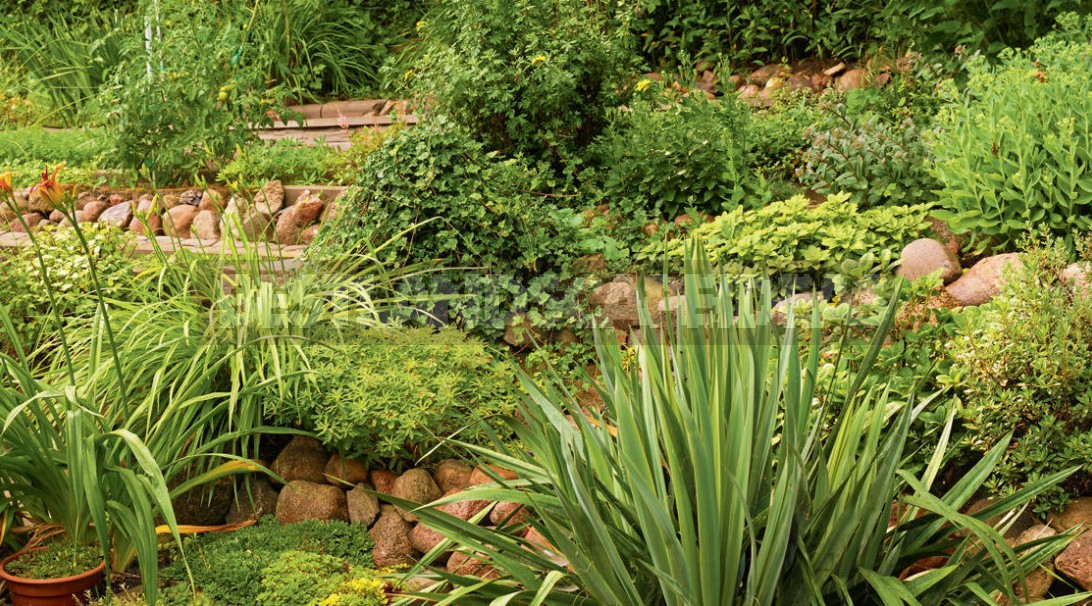
However, in the process, we encounter another “strange” phenomenon. In the first case, we draw pictures of the future garden, carefully measuring the proportions and volume ratios of plants, based on their catalog parameters and their ideas about them. Especially conscientious of us try to build a future beauty in the golden ratio… And plants in reality behave as they want, releasing unplanned branches to the sides, overtaking each other in growth, lying down or stretching out to the light.
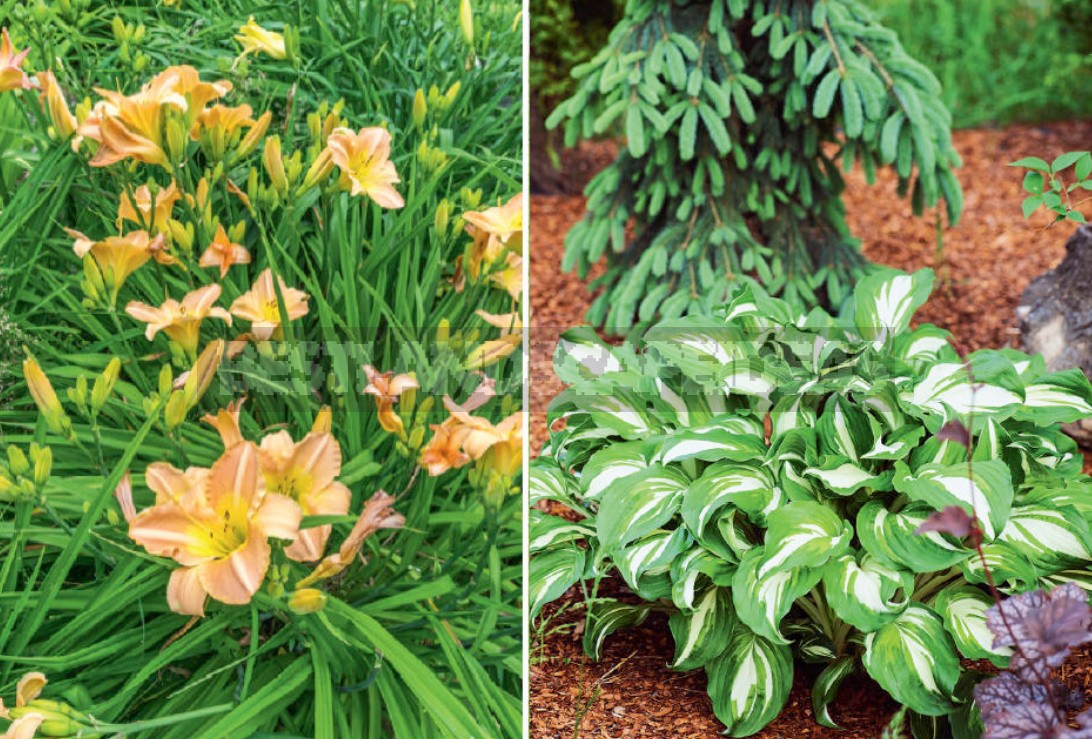
In the second case, we act more on a whim, but the problems are exactly the same. The harmonious proportions are constantly broken. Even if you take a photo of a “designer” garden, plant all the same things in the same places on your site, after a while, as you grow, instead of a neat garden, you will get chaos and confusion.
Meanwhile, the method is simple: everything is under the haircut! We are primarily talking about shrubs that should be formed from a young age.

What happens if you plant a standard seedling of our favorite Cornus ‘Elegantissima’ in 3 branches with leaves at the ends? With not particularly regular care, it will remain with three long, unsightly branches that have fallen on their side to the south. Is that how we imagined it? No, the picture shows a high-quality dense rounded bush. And if it had originally cut off the tops, it would have gone to bush and grow wide, as it should. Therefore, we do not expect favors from nature, but organize them for ourselves.
You can cut almost everything, both deciduous and coniferous shrubs and trees. Even the spherical willows, which give an almost regular shape, are not a sin to trim.
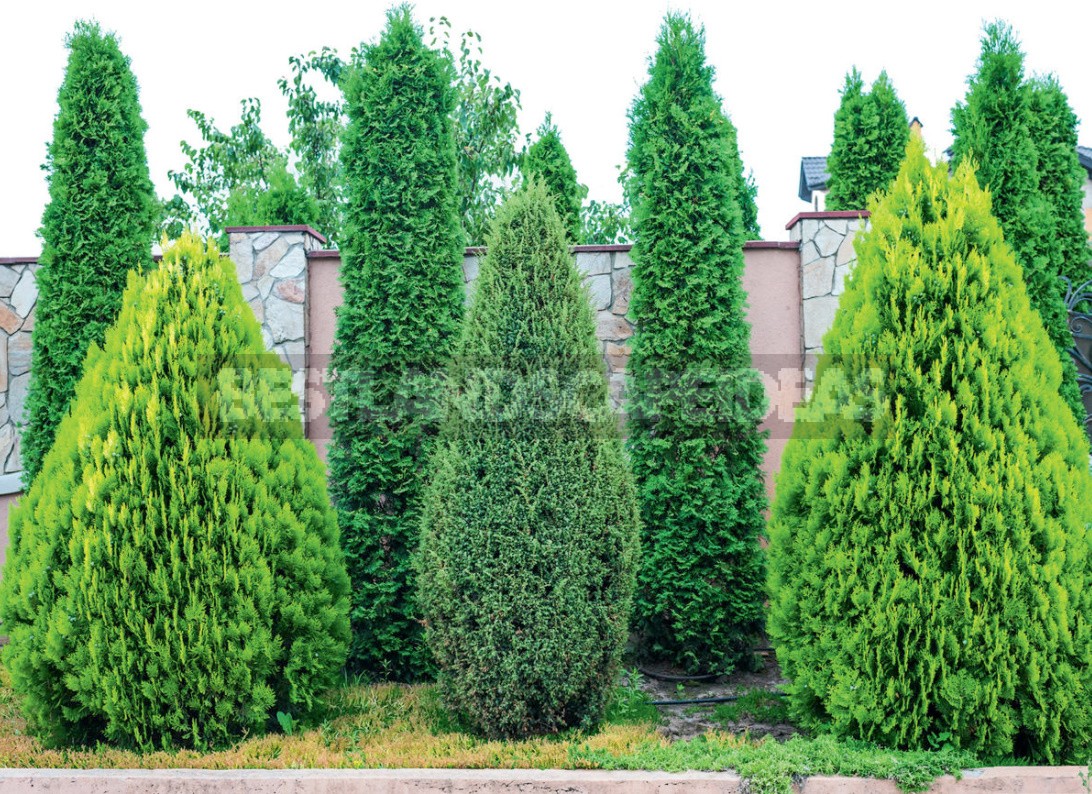
But the main thing — in addition to the fact that the haircut makes the appearance of the plant more qualitative, and the structure is dense, it also allows you to keep even the most unbridled in the given framework. This, in turn, makes the process of forming compositions much more predictable. It is necessary that the pemphigus keeps a rounded, clear shape — we take scissors, we cut it. It is necessary that the Cornus sitting next to it is lower than the pemphigus-we cut it stronger.
A partial haircut can also solve the problem of a close fit. Isn’t it true that our task was immediately simplified at times! Instead of a lot of unknown parameters, we got a completely predictable result. All they did was pick up a pair of scissors.
Of course, it will not do without a “drop of tar”. The fact is that when cutting the shape of the plant becomes somewhat artificial. But this is a matter of technique. Often it is a clear line that is needed. And if not — you can cut it for a while, and then let it go a little. Or pluck individual growing shoots, as is usually done in creeping junipers.
And what if the plant, on the contrary, does not gain the necessary mass? First, water-feed. But if you have planted something that is slow-growing and you are waiting for it to spread out like in the picture of an old English garden, perhaps the wait will be prolonged. Such plants are better to plant several pieces together at once, so that they look like a single bush. This applies primarily to roses. But to bring the desired result closer, you can do the same with all the available shrubs, except for those that are already sitting in arrays and groups.
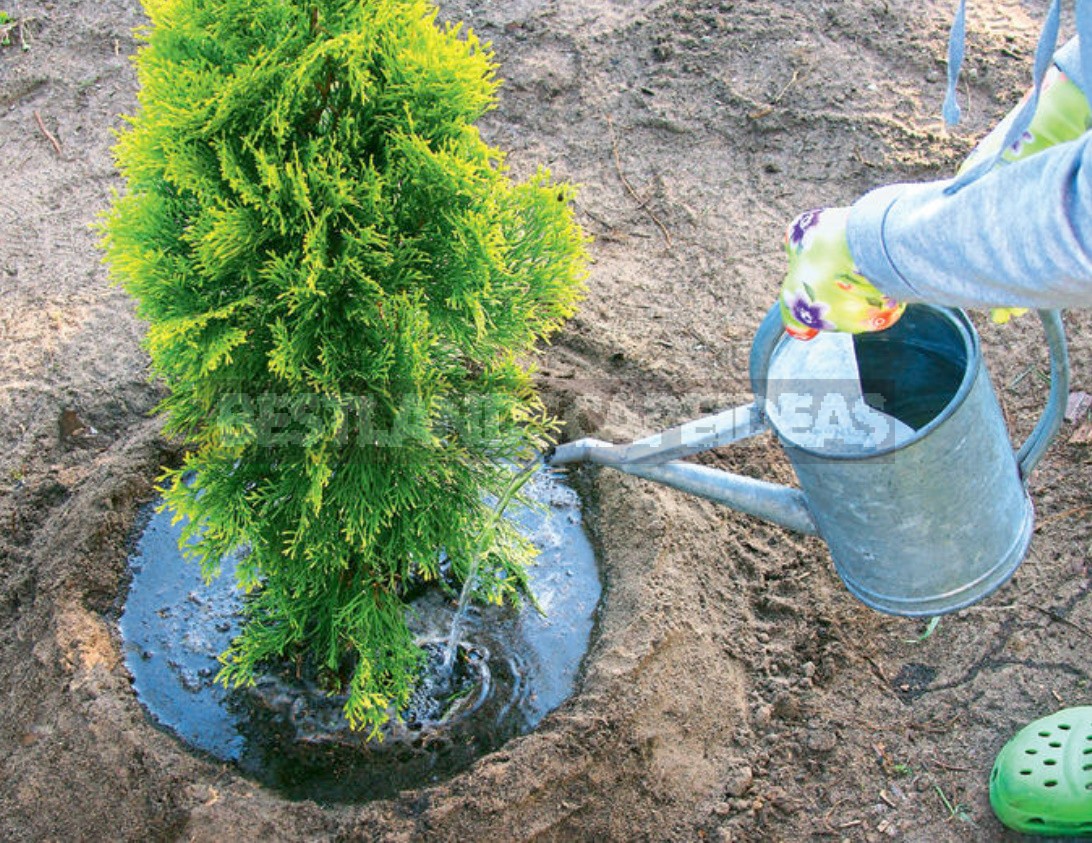
Speaking of arrays. All that we have said about the proximity of planting applies exclusively to different plants. The same ones can be planted as often as you like, even close. They will perfectly merge into a single mass, creating the impression of a well-deserved, overgrown bush. And gradually the whole garden will get the desired gloss!


